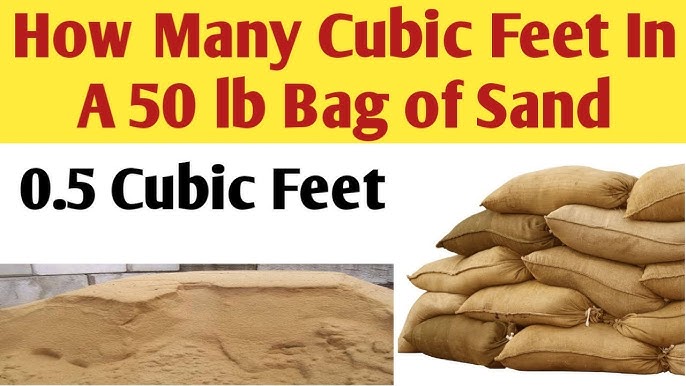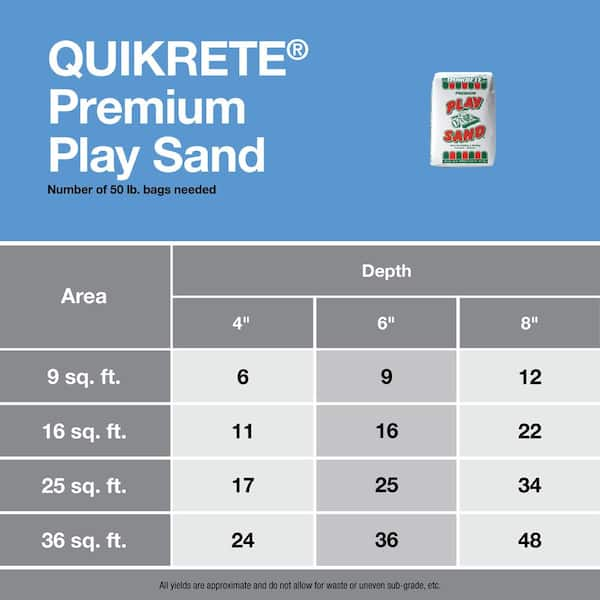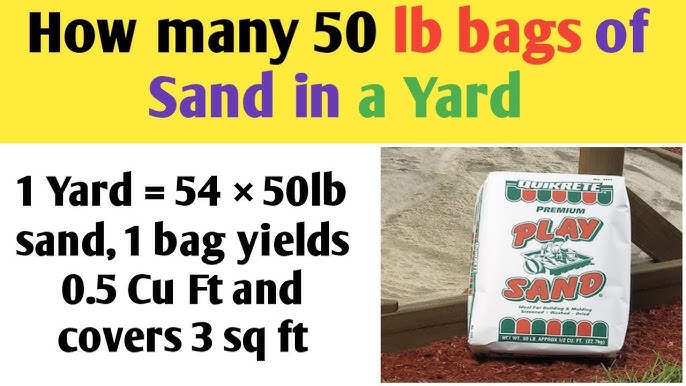Alright, let’s talk sand! See, I was right in the middle of building this little paver patio corner in my backyard yesterday. Had this big ol’ bag of all-purpose sand sitting there, you know the kind, the bright yellow bag claiming it’s 50 pounds. Felt heavier than that, lemme tell ya!

My design called for figuring out how much space this sand would actually fill. Needed volume, buddy, not just weight. Plans talk in cubic feet for the base layer thickness, but the bag only shouted out its pounds. Classic headache, right?
So, I wheelbarrowed the bag over to my workspace. Heaved it up onto my trusty, slightly stained workbench. Dug around my junk drawer – always a mess – and finally found my ancient bathroom scale. Plonked it on the floor. Zeroed it out best I could – it’s not lab quality, for sure.
Step one: Verify the bag’s weight claim. Wrestled the bag onto the scale.
Step two: Watched the dial wobble and settle… pretty dang close to 50. Okay, bag wasn’t lying. Good start.
Now for the tricky part: converting those pounds to cubic feet. I remembered sand weight depends on how packed it is and how wet it is. The bag was dry sand, the good stuff for patios. But what’s the magic number? How many pounds per cubic foot? My brain drew a blank.

Rushed back inside, dusty hands and all, straight to my laptop sitting open on the kitchen table. Googled like a madman: “dry sand weight per cubic foot”. Tons of answers popped up! Seems like there’s a range, but everyone agreed that for general play sand or construction sand:
- Around 100 pounds usually makes up about one cubic foot.
Huh! Okay, that seemed like a solid average rule of thumb people use. So, basic math time right there on my sticky note pad.
If 100 lbs ≈ 1 cubic foot… then my wee 50 lb bag? Half of that! So:
- 50 lbs of sand ÷ 100 lbs per cubic foot = 0.5 cubic feet.
Yeah! Half a cubic foot. Seems almost too simple now. But hey, the numbers lined up with what most sites were saying.
Back outside, couldn’t just take the internet’s word for it. I had to see it in the flesh. Hauled over a perfectly square storage container I knew measured roughly 1 foot wide, 1 foot deep, and 1 foot tall. Total capacity? You guessed it: 1 cubic foot. Empty? Felt way too light. Perfect test bucket.

Cut open that bright yellow sand bag (sand went everywhere, sigh) and carefully poured it into my container. Didn’t tamp it down hard, didn’t shake it – just poured gently. Watched that sand fill the container right up to the halfway mark. Not a smidge more, not a smidge less.
Exactly halfway up a 1 cubic foot box. Half a cubic foot. Bingo!
So yeah, the quick answer I nailed down and actually saw with my own two eyes? That 50 pound bag of typical dry sand? It fills up 0.5 cubic feet. Makes ordering materials way easier when you can swap pounds for volume! Now back to wrestling those pavers into place…
